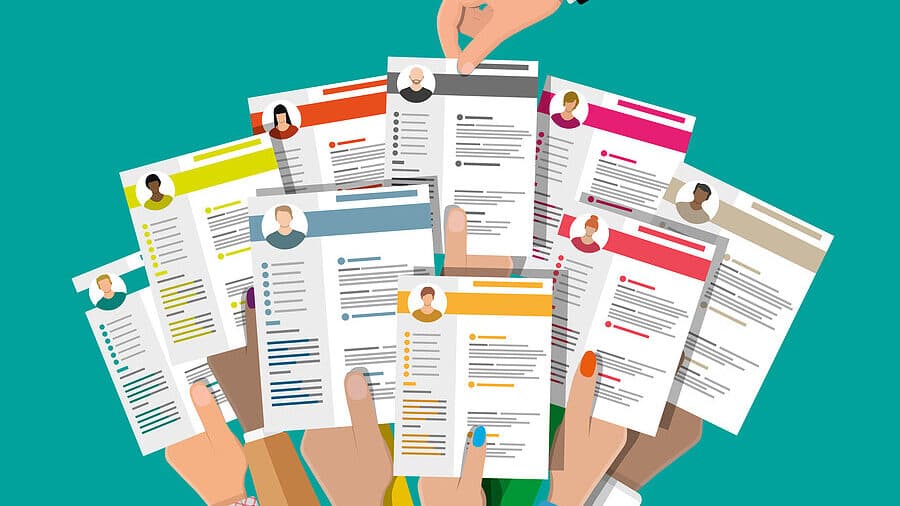With February being Black History Month, this is a great time to look at the current state of diversity recruiting and hiring software.
It’s worth noting first, though, that diversity-focused recruiting technology seemed like it was going to take off four years ago when Blendoor and TalVista won the HR Technology Conference startup pitchfest. Afterward, there has been plenty of change, especially since the summer of 2020 when many companies large and small made diversity pledges due to the fallout from the killing of George Floyd and as the pandemic upended work.
But while new recruiting solutions focused on solving diversity challenges have increased, the pace hasn’t exactly been an explosion.
Let’s take a look at how this market has shaken out and where it might go.
Old Approaches, New Tricks
The old diversity playbook of posting jobs to diversity publications and job boards, as well as attending events where underrepresented groups are participants, is alive and well. Companies like Noirefy, Hive, Power to Fly, Inclusively, and Fairygodboss all promise employers some level of access to various underrepresented individuals with various levels of software to find and source individuals.
Circa, Untapped, and Joonko build the idea out a little more with access to candidates, while also including more advanced features like analytics or compliance. Similarly, WayUp has focused heavily on virtual diversity events, while others like Untapped offer event capabilities, as well.
Saying they are new takes on old tricks isn’t to minimize the impact of these tools. Targeting jobs and recruiting events squarely at underrepresented groups are ways to show that you’re actively doing something to attract employees — at least according to the government. While diversity job boards often felt like more of a compliance play once upon a time, these companies often help diverse candidates with job-search advice, visibility, and coaching.
Inclusive Language, Assessments, and Analytics
Sourcing diverse candidates is only one element of a larger hiring puzzle. Companies like Textio and TalVista have focused extensively on inclusive language in the recruiting process, while expanding from there. Vervoe promises better skills assessments that are more inclusive to underrepresented groups. Applied and Clovers, which recently acquired TalVista, seem to be closer to an ATS built for diversity, but both have some deeper level of assessment and hiring guidance. And Included is primarily an analytics and measuring tool built for diversity.
This category of solutions is something new, but I wouldn’t even call it a category. When you get into the feature sets, you start to see some big differences. Holistically though, these solutions are all about creating more inclusive processes rather than connecting you to — or targeting — a set community of individuals.
While this isn’t an exhaustive list of solutions, it definitely represents the types of products aiming to help support organizations making real changes to their recruitment processes. Now, whether they stay independent or eventually get incorporated elsewhere in an ATS is a long-term question.
Speaking of that ATSs…
The Generalist Apps
Because of the explosion of interest in diversity talent acquisition solutions, nearly every recruitment technology claims diversity somewhere in its large list of benefits. When you research diversity hiring solutions, nearly every ATS, CRM, and sourcing platform out there claims that functionality.
Some of these companies promise that their systems are already built to reduce the effects of bias — and some may actually be right. It’s hard to parse every promise here because some of it is clearly just lip service or adjusting a feature slightly and promising that it’s better for diversity. Other companies do prioritize diversity and inclusion more and have built bespoke tools to try to actively mitigate bias.
I have a feeling that most people looking specifically for diversity hiring solutions have likely maxed out their current generalist technologies. That’s not to say that these aren’t valuable tools, but they do add plenty of noise when researching solutions.
What’s Next?
Obviously, the biggest issue that folks are talking about today is generative AI like OpenAI’s ChatGPT and Google’s Bard. Can these tools help us have better, more inclusive conversations in recruiting? Can they help personalize our communication and evaluation en masse while reducing bias? How will these technologies get incorporated in other hiring tools that might affect bias or inclusivity?
Those are the questions I am thinking about — and that this column will ultimately explore — as I look ahead.
